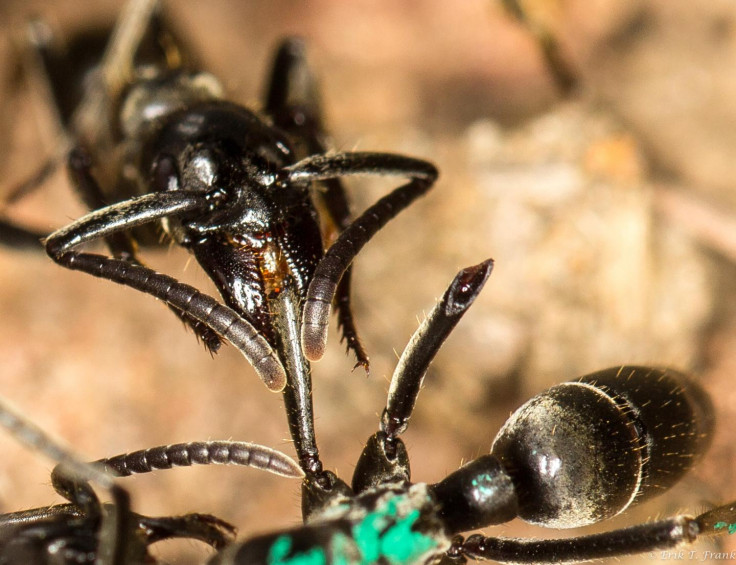Watch these 'life saver' African ants rescue and nurse their injured siblings
This is the first time that such behaviour has been seen in any animal other than humans.
A group of ants found in sub-Saharan Africa has been spotted demonstrating a sense of care for their siblings.
Matabele ants aka Megaponera analis are known to feed on bigger termites three to four times in a day. Such feeding episodes, usually undertaken in groups of 300-400 ants, mostly end up with termites being killed and hauled back on to the ants' nest to be eaten.
However, sometimes the prey takes up the top spot and retaliates by biting off the ants with their powerful jaws. In such situations, the attacking ants get injured or even lose a leg or two.
That's when these ants showcase qualities of friendship and care. Some ants take their prey home, others stick around and look out for their injured comrades.
Here, they detect a special chemical secreted by the fallen ant and use their strong jaws to hold and bring them safely back to the nest.
They approach injured ants but if the ant has lost four or five legs or is too badly injured to be rescued, it gives up and lashes out wildly. "They simply don't cooperate with the helpers and are left behind," which ensures rescuers' energy is only used on mild to less severe cases, which lie still to make things easier.
Once home, the 'life-saver' ants lick the open wounds of their siblings for several minutes, something that saves the ants. "We suppose that they do this to clean the wounds and maybe even apply antimicrobial substances with their saliva to reduce the risk of bacterial or fungal infection," Erik Frank, the lead author of the study explains.
According to the study, published in journal PNAS, 80% of injured ants succumb to their injuries without the special treatment but if the nursing technique is used, only 10% end up dead.
This is also the first time such behaviour has been seen in any animal other than human.






















